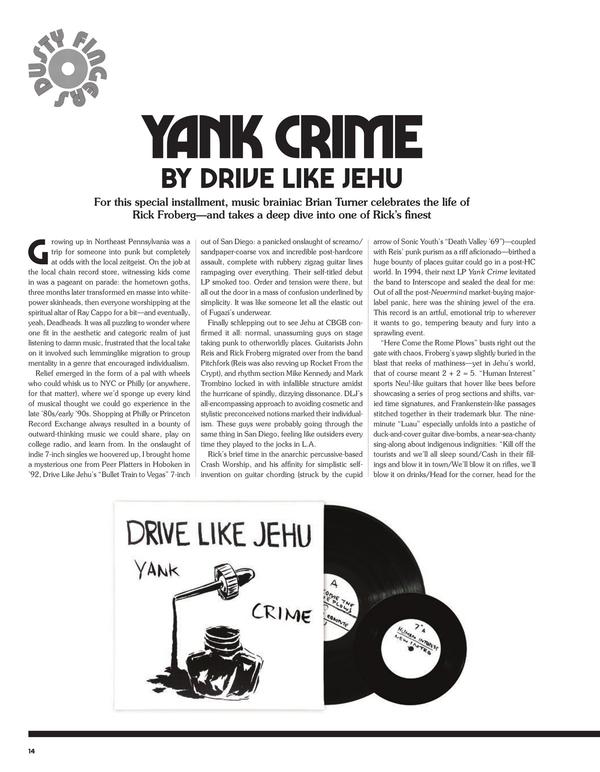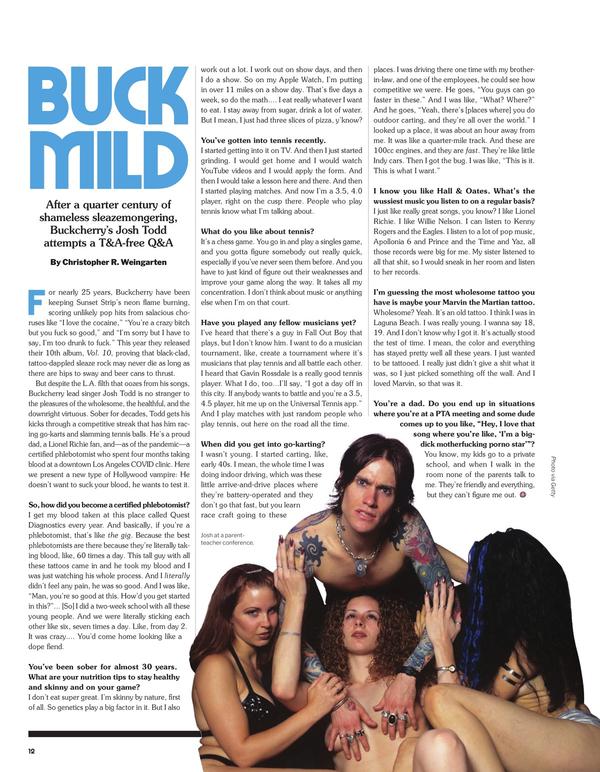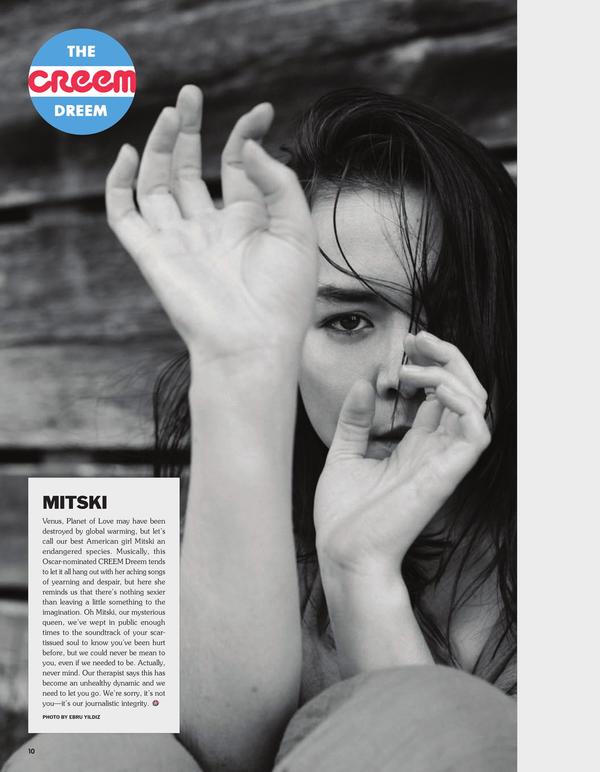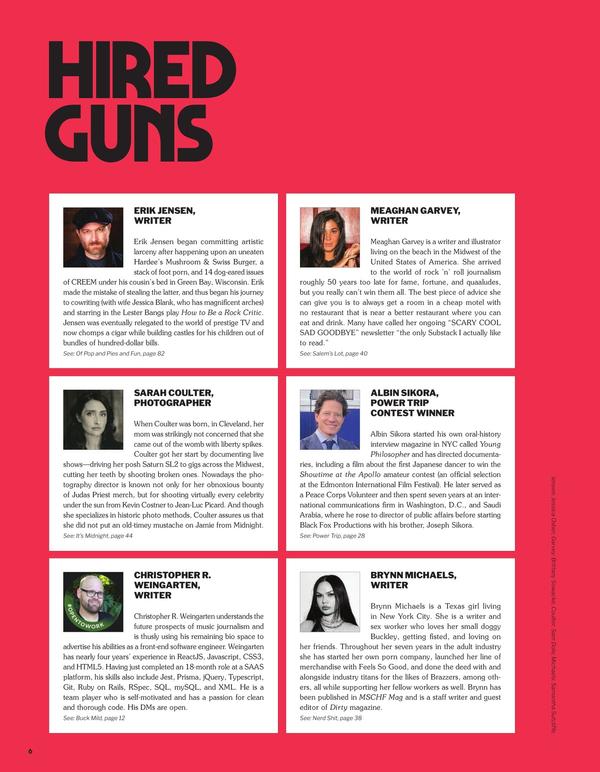Greetings from Detroit
SAUSAGE PARTY
With a belly full of White Claw and kielbasa, local man takes to the 41st annual Hamtramck Labor Day Festival.
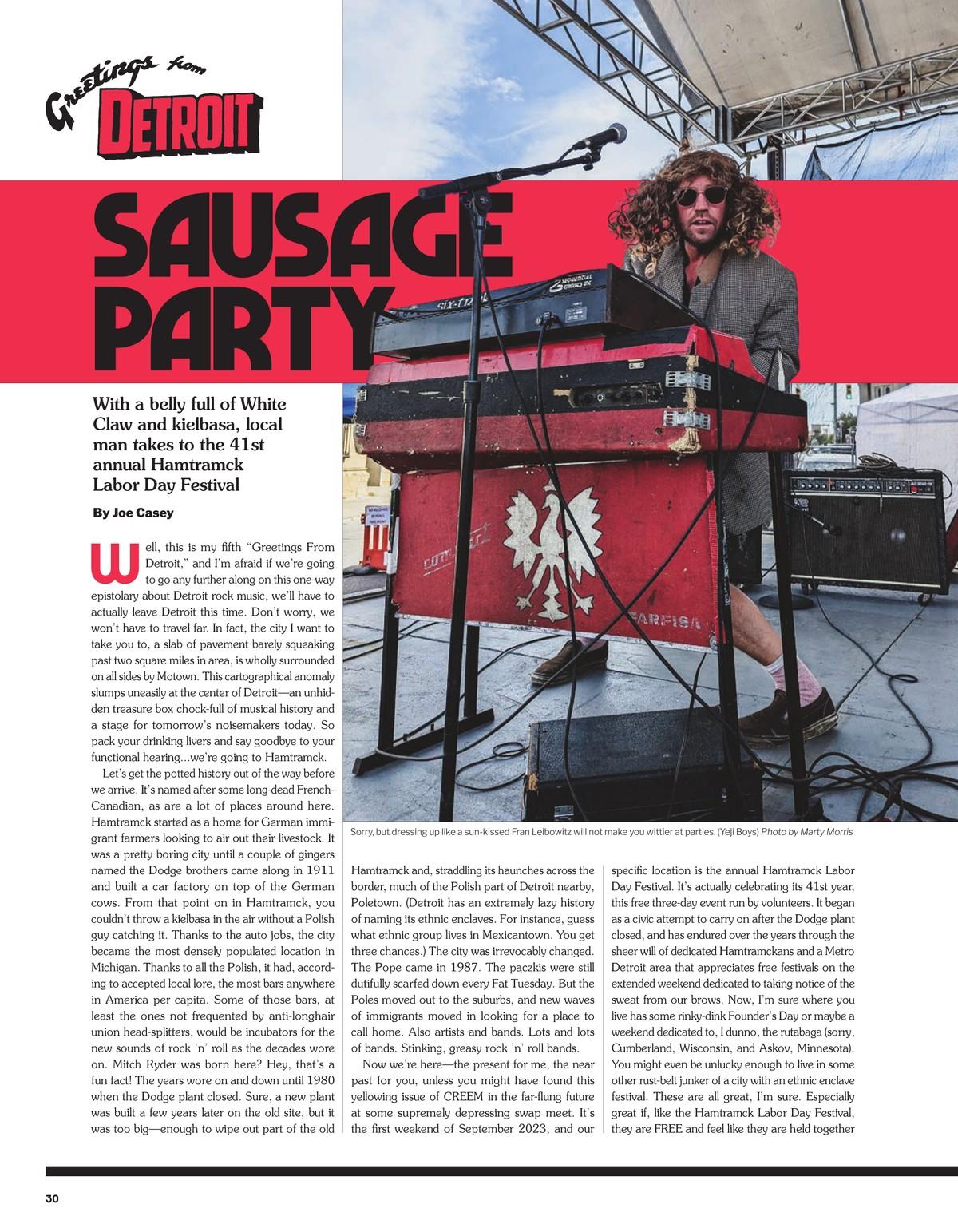
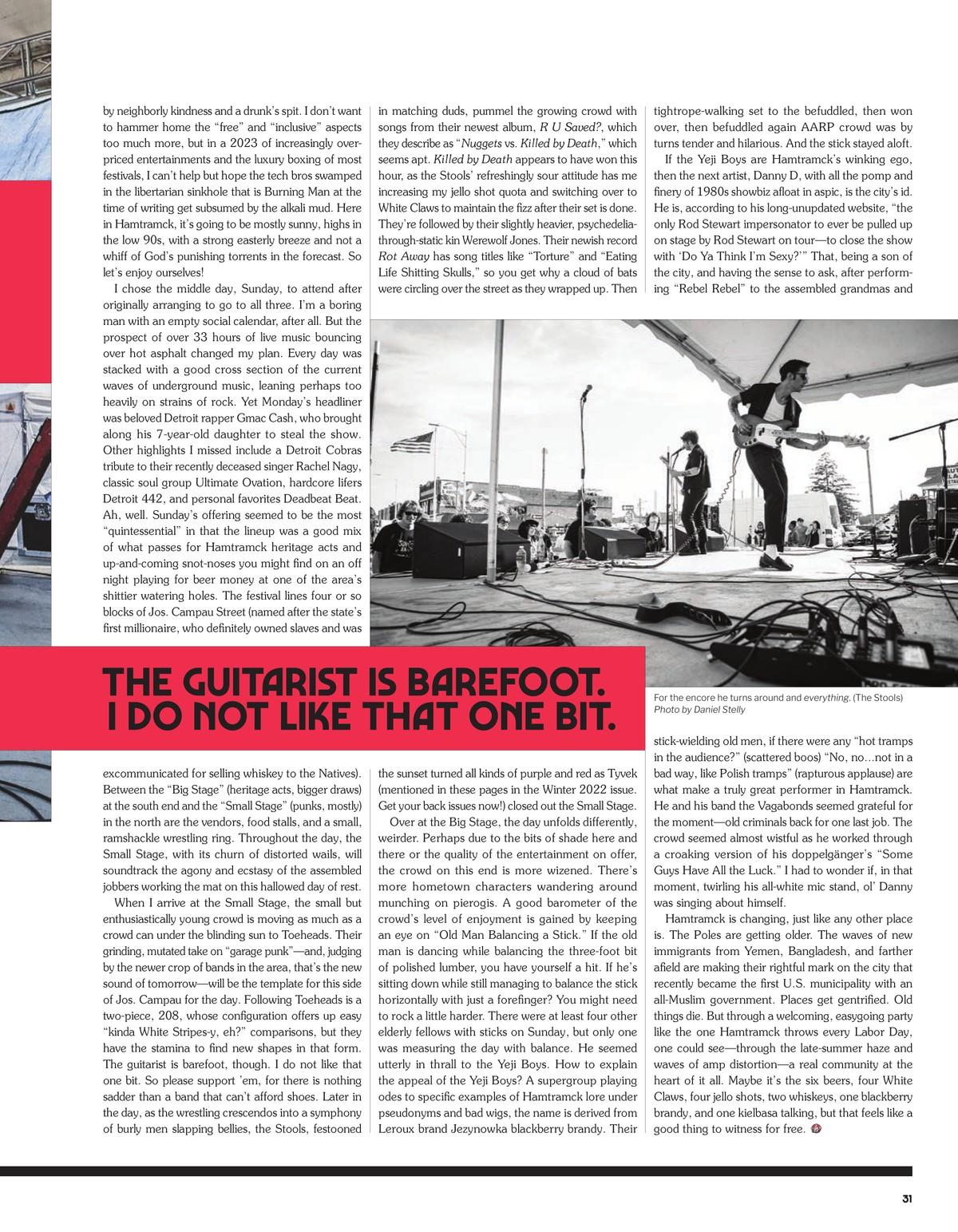
Well, this is my fifth “Greetings From Detroit,” and I’m afraid if we’re going to go any further along on this one-way epistolary about Detroit rock music, we’ll have to actually leave Detroit this time. Don’t worry, we won’t have to travel far. In fact, the city I want to take you to, a slab of pavement barely squeaking past two square miles in area, is wholly surrounded on all sides by Motown. This cartographical anomaly slumps uneasily at the center of Detroit—an unhidden treasure box chock-full of musical history and a stage for tomorrow’s noisemakers today. So pack your drinking livers and say goodbye to your functional hearing...we’re going to Hamtramck.
Let’s get the potted history out of the way before we arrive. It’s named after some long-dead FrenchCanadian, as are a lot of places around here. Hamtramck started as a home for German immigrant farmers looking to air out their livestock. It was a pretty boring city until a couple of gingers named the Dodge brothers came along in 1911 and built a car factory on top of the German cows. From that point on in Hamtramck, you couldn’t throw a kielbasa in the air without a Polish guy catching it. Thanks to the auto jobs, the city became the most densely populated location in Michigan. Thanks to all the Polish, it had, according to accepted local lore, the most bars anywhere in America per capita. Some of those bars, at least the ones not frequented by anti-longhair union head-splitters, would be incubators for the new sounds of rock ’n’ roll as the decades wore on. Mitch Ryder was born here? Hey, that’s a fun fact! The years wore on and down until 1980 when the Dodge plant closed. Sure, a new plant was built a few years later on the old site, but it was too big—enough to wipe out part of the old Hamtramck and, straddling its haunches across the border, much of the Polish part of Detroit nearby, Poletown. (Detroit has an extremely lazy history of naming its ethnic enclaves. For instance, guess what ethnic group lives in Mexicantown. You get three chances.) The city was irrevocably changed. The Pope came in 1987. The pqczkis were still dutifully scarfed down every Fat Tuesday. But the Poles moved out to the suburbs, and new waves of immigrants moved in looking for a place to call home. Also artists and bands. Lots and lots of bands. Stinking, greasy rock ’n’ roll bands.


